Laguna Amarga Ranch, known for hosting one of the highest densities of pumas in Patagonia, provides an unmatched opportunity to observe these magnificent cats in their natural habitat.
Today, we want to share the most exciting moments from the Pumas and Birds of Patagonia tour, led by our guide Luz Poulard.
An Unexpected Start: Pumas in Sight!
The expedition began in Torres del Paine National Park with a surprise that set the tone for an incredible adventure in Patagonia: even before the official sightings began, the group had already spotted pumas within the park. This unexpected encounter sparked a mix of excitement and relief among the participants, who hadn’t anticipated getting lucky so quickly.
The Bond Between Mother and Cubs
One of the most impressive moments of the expedition was the encounter with Petaca, a female puma and her two cubs. This family stole the show in a scene straight out of a wildlife documentary: After feeding on a carcass, Petaca called her cubs, which came running to join the action. With leaps and playful chases, the young pumas displayed infinite energy, pouncing on each other in a joyful way. The interaction continued until Petaca decided it was time to retreat with her cubs to rest, leaving the group with the feeling of having witnessed something truly special. These moments not only highlight the vitality of young pumas, but also Petaca’s leadership as a mother, ensuring her cubs learn and grow under her protection.
In the world of pumas, the first months of life are a true school of survival. During the first year to a year and a half of life, the cubs stay with their mother, who feeds them, teaches them to hunt, and shows them how to survive in their harsh environment. After this period, it’s time for them to separate. The young pumas leave their natal territory to find their own place. However, some pumas extend the mother-cub bond, sharing prey or coexisting with new litters.
A fascinating fact about puma reproduction is that females are polyestrous, meaning they can go into heat several times a year. During this period, which lasts between one and sixteen days, females are sexually receptive and may mate with one or multiple males. Among felines, it’s common for males to kill cubs that are not their own, hence inducing the female’s ovulation and ensuring the transmission of their genes to the next litter. However, females seem to counter this threat by mating with different males during the same estrus period— a strategy that may reduce the risk of infanticide by creating uncertainty about paternity.
Dark Puma: The Guardian of the Meal
The final day of the expedition was marked by Dark, a majestic adult male, who displayed his absolute dominance while protecting a carcass disputed by three females: Rupestre, Coirón, and Ginger. Rupestre, the original owner of the meal, watched from a distance as Dark, with his defiant demeanor, drove her away. Later, Coirón, upon sensing Dark’s dominance, chose to back off before even attempting to approach the carcass. Undoubtedly, the tensest moment occurred with the arrival of Ginger, Rupestre’s daughter. She descended from the hill, seemingly unaware of Dark, intent on reaching the carcass. But Dark, ever vigilant, reacted swiftly and chased her off as well, reaffirming his control.
From a nearby hill, the group of tourists was able to observe every movement of this interaction. The scene reflected not only the competition for resources but also the natural hierarchy that governs the world of pumas. Dark, with his strategy and strength, maintained absolute dominance while the others adjusted to his actions.
This entire interaction around the carcass led us to reflect on the strategies pumas use to survive. From the stealthy hunt of the guanaco to the strategic protection of their food, pumas demonstrate exceptional skills to thrive in their environment.
Discover our puma sighting excursions in Patagonia
Patagonian Pumas Photography Trip
Pumas and Birds of Patagonia
Pumas, Penguins and Whales
Puma Safari in Patagonia
The Puma’s Strategy to Hunt and Protect Its Meal
At Estancia Laguna Amarga, the guanaco is the puma’s primary prey, although hunting it is no easy task. This herbivore can run at speeds of up to 70 km/hr in short bursts and has exceptional sight and hearing, capable of detecting even the slightest movements.
For this reason, the puma must be extremely stealthy and patient, waiting for the perfect moment to launch a quick and precise attack. In a short but powerful sprint, it disorients the guanaco, targeting the neck or head to cause death by suffocation.
Once the prey is obtained, the puma drags it over short distances to a more concealed location, away from the sight of predators and scavengers. There, it uses branches, grasses, and other materials to camouflage the carcass. Over the next one to four days, the puma stays nearby, feeding continuously both day and night while guarding its valuable catch.
This behavior not only highlights the puma’s skill and patience as a hunter but also its strategy to survive in a competitive and challenging environment.



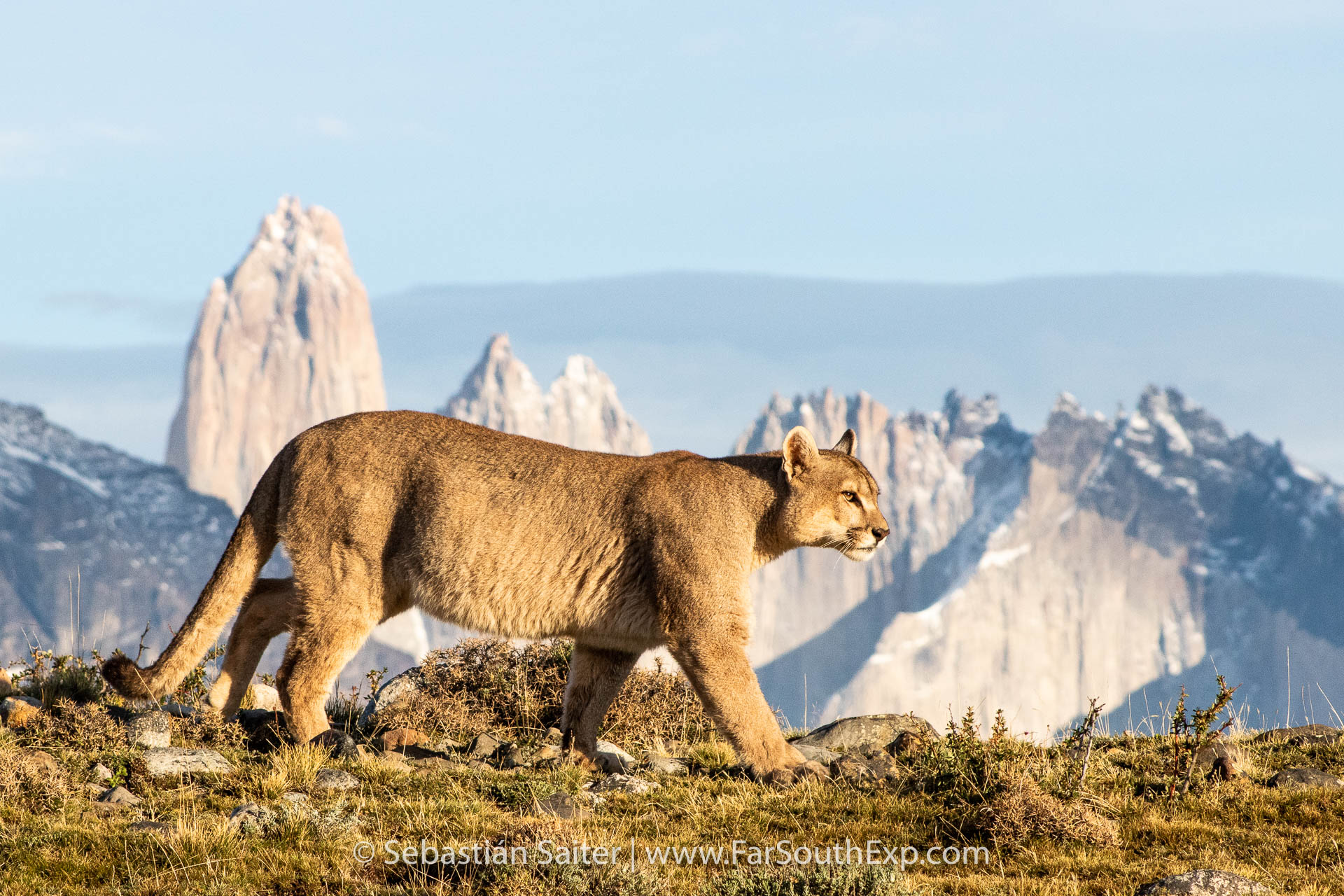
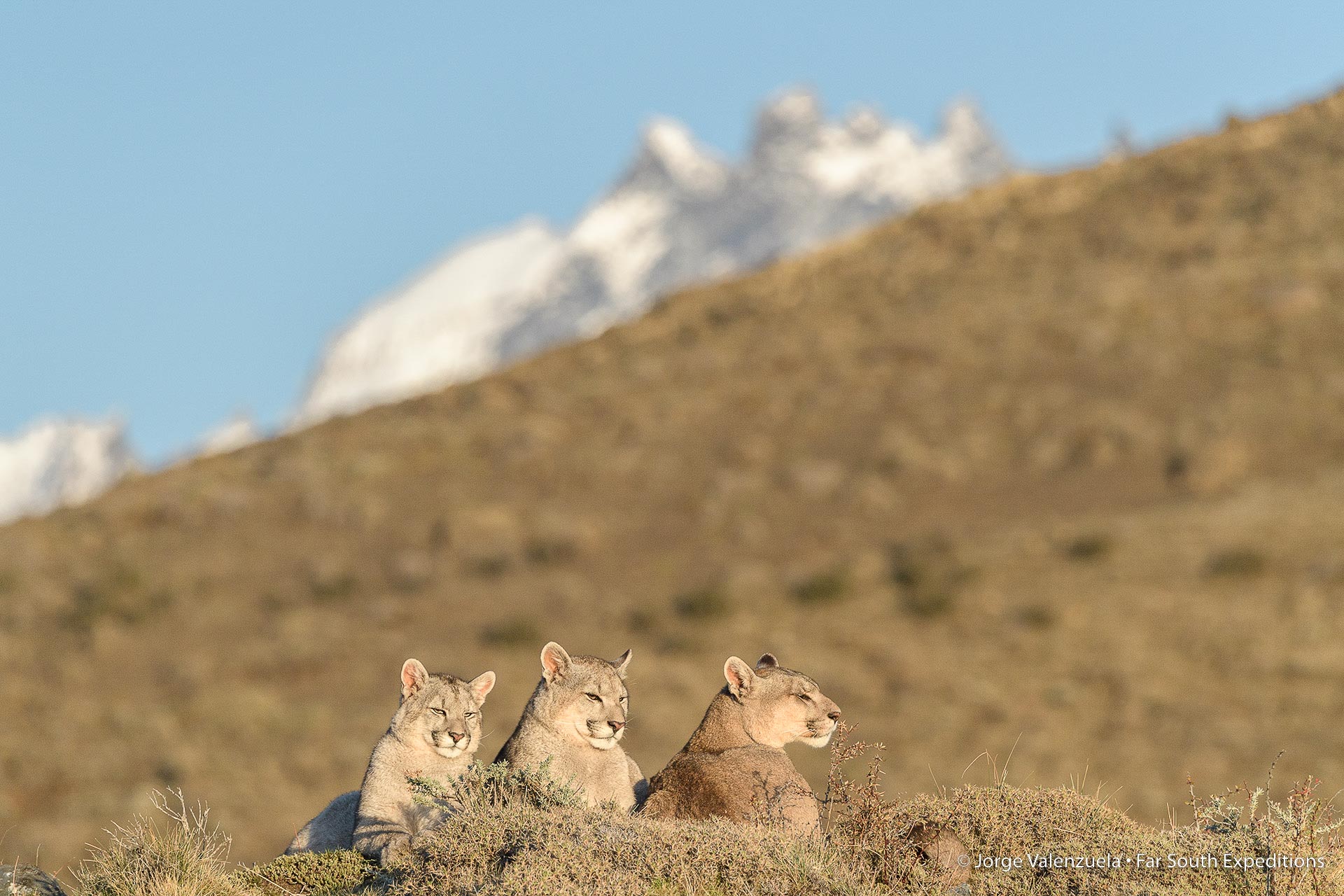
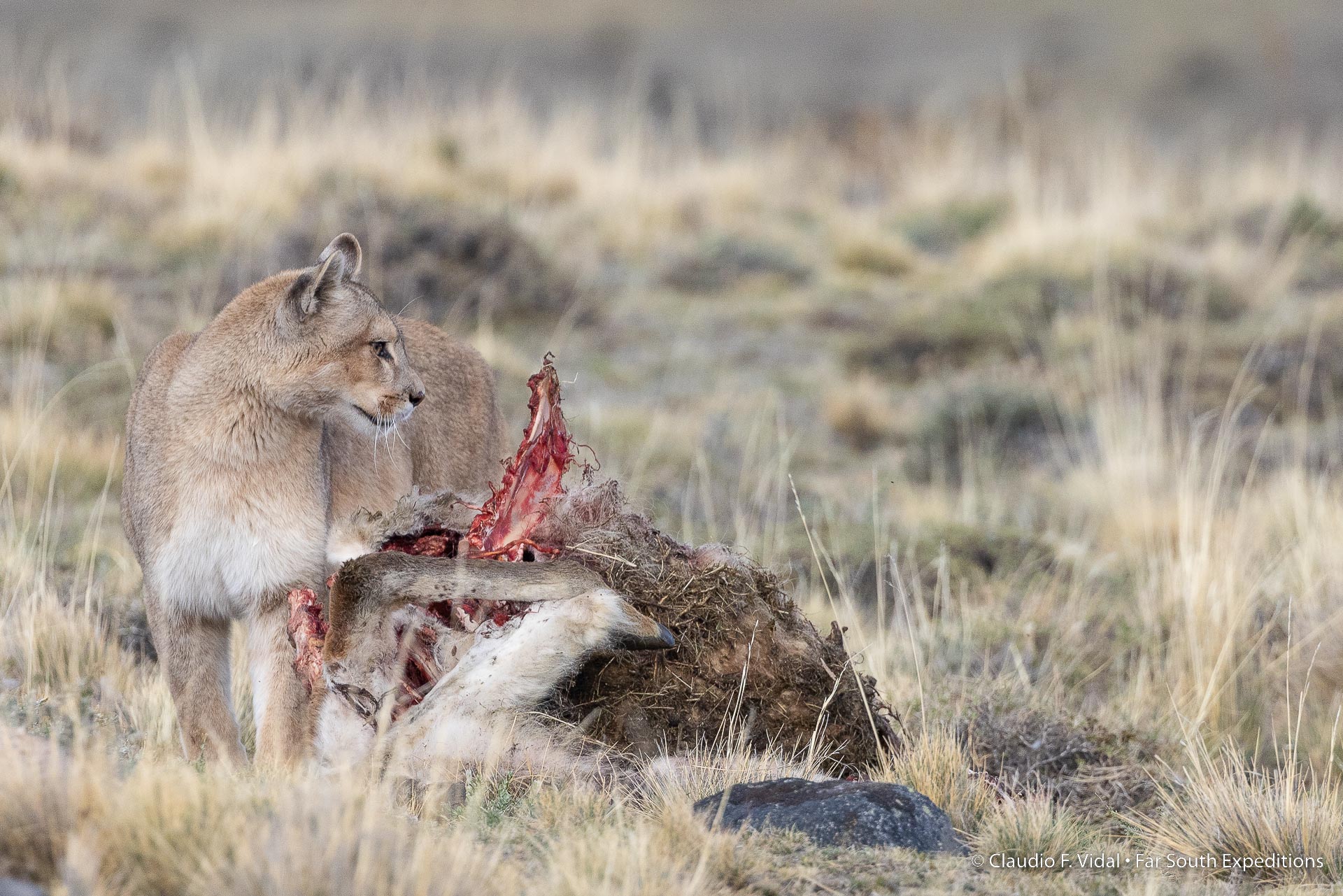
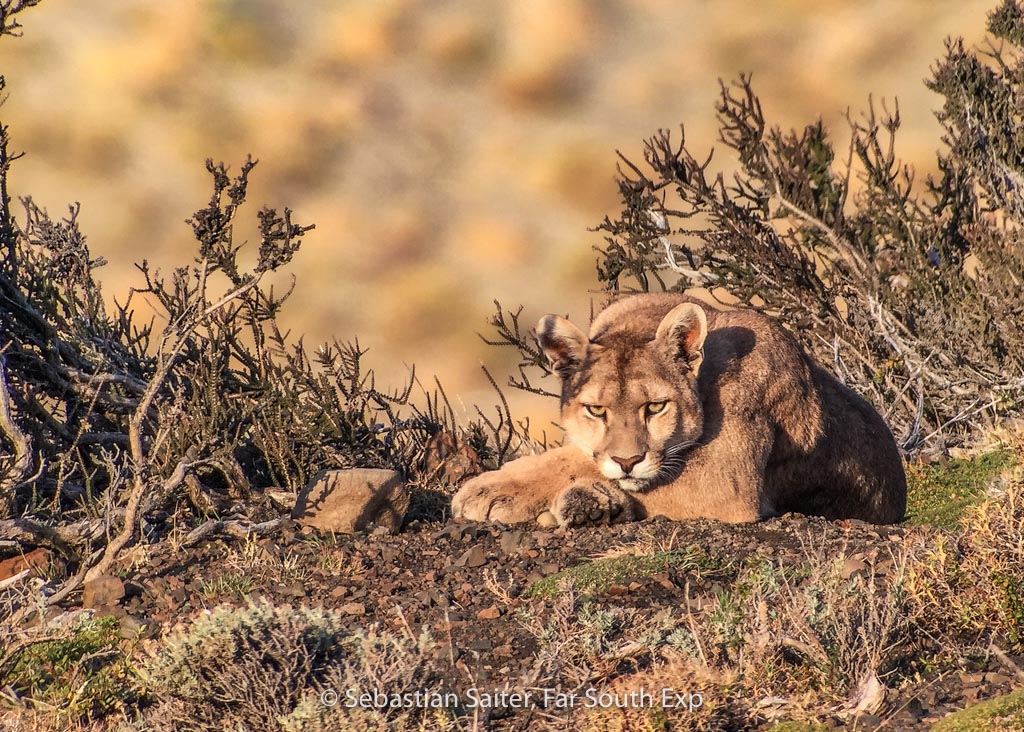
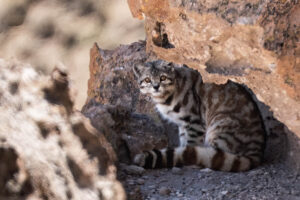
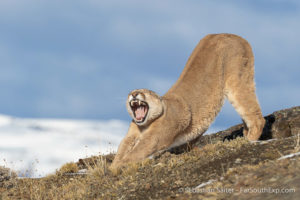
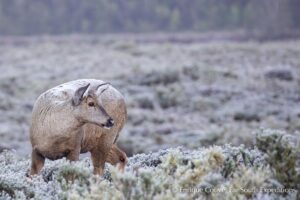
Leave a Reply
Your email is safe with us.